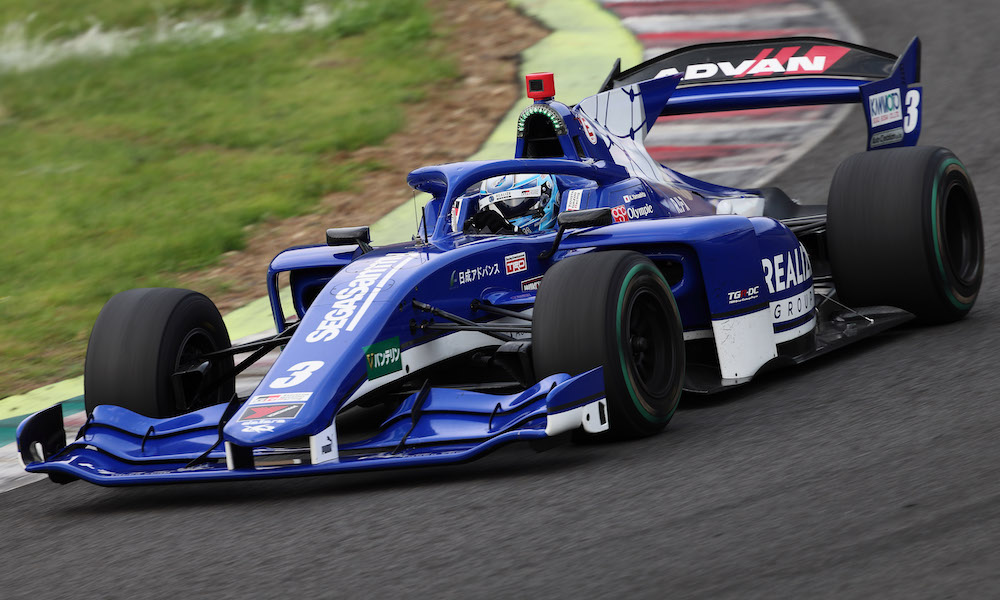Super Formula produces some of the fastest single-seater racing in the world and is one of Japan’s two biggest professional championships alongside Super GT.
For years, its cars have raced domestically at circuits like Suzuka, Motegi and Fuji, and European viewers have needed to set alarms at absurd times to see them in action. But that will change next year when a field of 10 adapted Super Formula cars, run by university teams, line up for the Abu Dhabi Autonomous Racing League (A2RL). The competition, which will take place at Yas Marina Circuit on April 28th, is aimed at furthering autonomous vehicle technology and raising public awareness through the medium of motorsport.
A2RL is run by ASPIRE, a branch of the Abu Dhabi government’s Advanced Technology Research Council. Big backing is evident, considering the $2.25 million prize pot that has attracted teams from around the world.
And, rather than using the cheaper and easier option of using some decommissioned single seater, ASPIRE went for the Dallara SF23 which only arrived in Super Formula this year. How did it come to pass that such a vehicle ended up in this situation, and how does it differ from the SF23s that can lap under 10 seconds off a Formula 1 car around Suzuka?
According to ASPIRE executive director Tom McCarthy, there were strong links between some of the A2RL project’s technical partners and Italian constructor Dallara, which builds the SF23 chassis. It considered using the Dallara AV-21 (derived from the 2015 Indy Lights car) that has done well in the Indy Autonomous Challenge. But ASPIRE wanted to do something different and go further in terms of base car performance.
After productive discussions with Dallara, ASPIRE’s management went to Japan Racing Promotion, which holds proprietary rights to the SF23, and successfully attained usage of its car for the A2RL competition.
‘There was a huge act of faith from JRP and Dallara to allow us to take their beautiful Super Formula car and start the redesign that would be required for what we’re calling the Emirates Autonomous Vehicle 2024,’ McCarthy tells Racecar Engineering.
ASPIRE then gained other partners, such as Meccanica 42, which developed specific actuators for the autonomous vehicle, and Danisi Engineering which integrated the autonomous stack (consisting of sensors and cameras) into the…
Click Here to Read the Full Original Article at Racecar Engineering…

